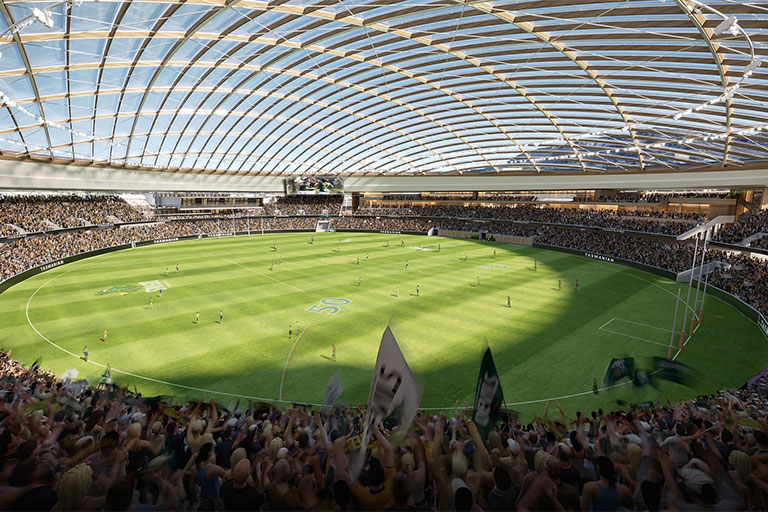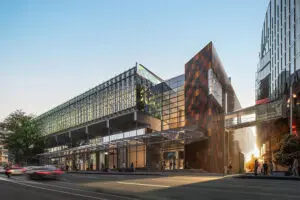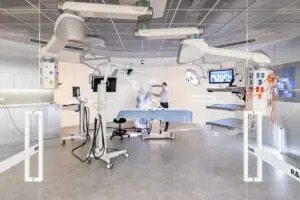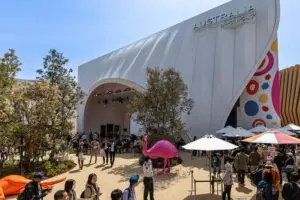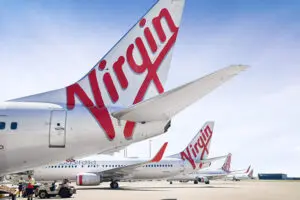Despite the recommendation of the planning commission, Tasmanian’s premier, Jeremy Rockcliff, remains committed to the project.
“I am not going to give up on this project. This is going to have huge economic benefits for Tasmania, right across every corner of Tasmania,” the premier told a press conference this morning.
In various written statements, Rockcliff asserts the planning commission’s Integrated Assessment Report and its recommendation “massively underestimates the social and economic benefits of the stadium…and [what impact] a supercharged events industry will have on our state”.
The state government does not have to follow the recommendation of the planning commission. Members of Tasmania’s parliament are set to vote on whether the stadium will proceed.
Alongside being a condition of Tasmania getting its own AFL team, if the development goes ahead, the stadium will provide business events space, including a 1,500-pax function room.
Foreshadowed by its draft report released earlier this year, which raised significant concerns with the stadium development, the Tasmanian Planning Commission’s final recommendation report found the stadium project had a benefits to costs ratio of less than 0.5, when a ratio of more than one is considered a sound public infrastructure investment.
“The IAR [Integrated Assessment Report] identifies a number of benefits and disbenefits that would accrue if the project proceeds,” the recommendation report says.
“The panel has concluded that the benefits are outweighed by the disbenefits.”
The Integrated Assessment Report puts the cost of the core stadium at $945 million.
The recommendation report suggests state taxes would need to be raised by $50 million each year to fund the cost of the stadium or the government would be required to take on a debt it estimates would be $1 billion at the conclusion of stadium construction, and that would rise to $1.8 billion a decade later due to interest and other costs.
“The fundamental problem is the size, location and geographical features of the site, in its highly valued context, do not support the disproportionately large, monolithic building proposed,” says the planning commission’s conclusion in its recommendation report.
“It is a building which is incongruent with the valued characteristics of its spatial context, completely at odds with the long-established planning principles guiding and informing development, and with the land and urban fabric surrounding the site and the heritage values associated with nearby places.
“Proceeding with the project will give rise to irrevocable and unacceptable adverse impacts on Hobart’s spatial and landscape character, urban form and historic cultural heritage.
In addition, the project represents a significant net cost and will diminish the economic welfare of Tasmanians as a whole, and it offers almost no scope for the site to become a vibrant active place that is attractive to visit outside of major event mode.
“In very simple terms, the stadium is too big for the site and the benefits it will bring are significantly outweighed by the disbenefits it creates.”




